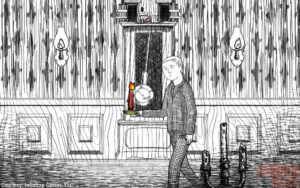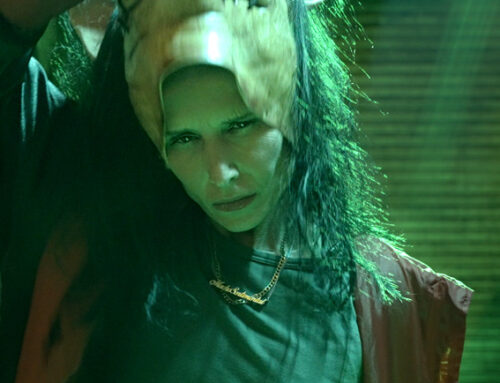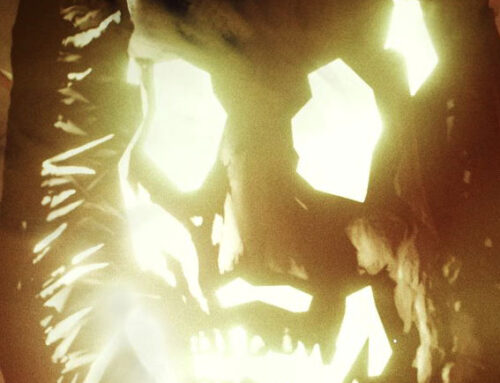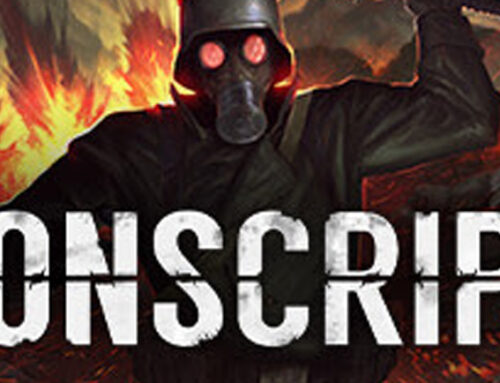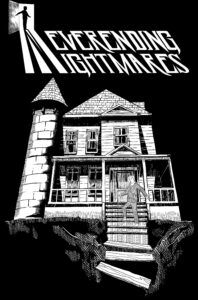 “Neverending Nightmares” makes some big promises. It boasts that the player will experience “true psychological horror,” and claims to be inspired by creator Matt Gilgenbach’s own struggles with depression. The game has a dynamic lighting system designed to make its shadows and darkness seem more imposing. This all sounds great, but does the game actually deliver? Not quite.
“Neverending Nightmares” makes some big promises. It boasts that the player will experience “true psychological horror,” and claims to be inspired by creator Matt Gilgenbach’s own struggles with depression. The game has a dynamic lighting system designed to make its shadows and darkness seem more imposing. This all sounds great, but does the game actually deliver? Not quite.
The story of “Neverending Nightmares” seems simple enough at first glance. Thomas has awoken from a nightmare about his sister Gabby dying. The player then guides Thomas along the hallways of the family’s old gothic mansion, trying to find Gabby and check on her. However, after a traumatic event, Thomas wakes up again, revealing the previous reality to have been just another nightmare. The player controls Thomas through a series of these nested dreams. where each time the truth is a little different than it was in the previous nightmare but always with the goal of finding Gabby and figuring out what has happened to her.
There’s no denying that “Neverending Nightmares” looks great. It has a pen and ink art style which is clearly very heavily inspired by the work of Edward Gorey. However, with movements that look far too stiff and poor facial expressions, the actual animation of the figures leaves a bit to be desired. The dominant black and white aesthetic of the game looks wonderful, but occasionally objects are colored to show that you can interact with them and that color tends to look very plastic and clashes with the rough ink style of everything around it. Where the graphics really shine is the shadows, which are created through the placement of hundreds of small lines, increasing in density as the shadows grow deeper.
The sound in the game is absolutely top-notch. Composer Skyler McGlothlin’s score is full of haunting ambient music peppered with eerie sounds and ghostly whispers; it is a perfect complement to the oppressive shadows that dominate the game’s visuals. The monsters’ grunts hit a nice balance between human and animal. The voice-acting for the two characters who have actual dialogue is not great. However with otherwise excellent audio, this feels like more of a petty complaint than a serious flaw.
As nice as the visual and audio elements of “Neverending Nightmares” are, the gameplay suffers from some severe problems. Chief among these is that there really isn’t a whole lot for the player to actually do. The puzzles never get more complex than “don’t let the monster see you.” You spend most of the game simply walking down empty hallways. The layout of these halls changes frequently, creating a strange and impossible space. This worked wonders in The Shining where the audience is passive and merely watching action take pace in a space whose architecture makes no sense, but since you have to interact with “Neverending Nightmares” it can be a little frustrating when the stairs you went down five minutes ago no longer exist when you need to go back up. The game offers three different endings, but each of the endings causes at least one aspect of the game to remain unexplained.
With its flawless audio and stunning visual aesthetic, I really wanted to like “Neverending Nightmares”, but ultimately the gameplay left me underwhelmed. It’s not terrible, it’s just not worth its fifteen dollar price tag for an hour and a half of barely-there game. If you have the patience to wait and pick it up during a Steam sale for just a few dollars though, you’ll get your money’s worth.

